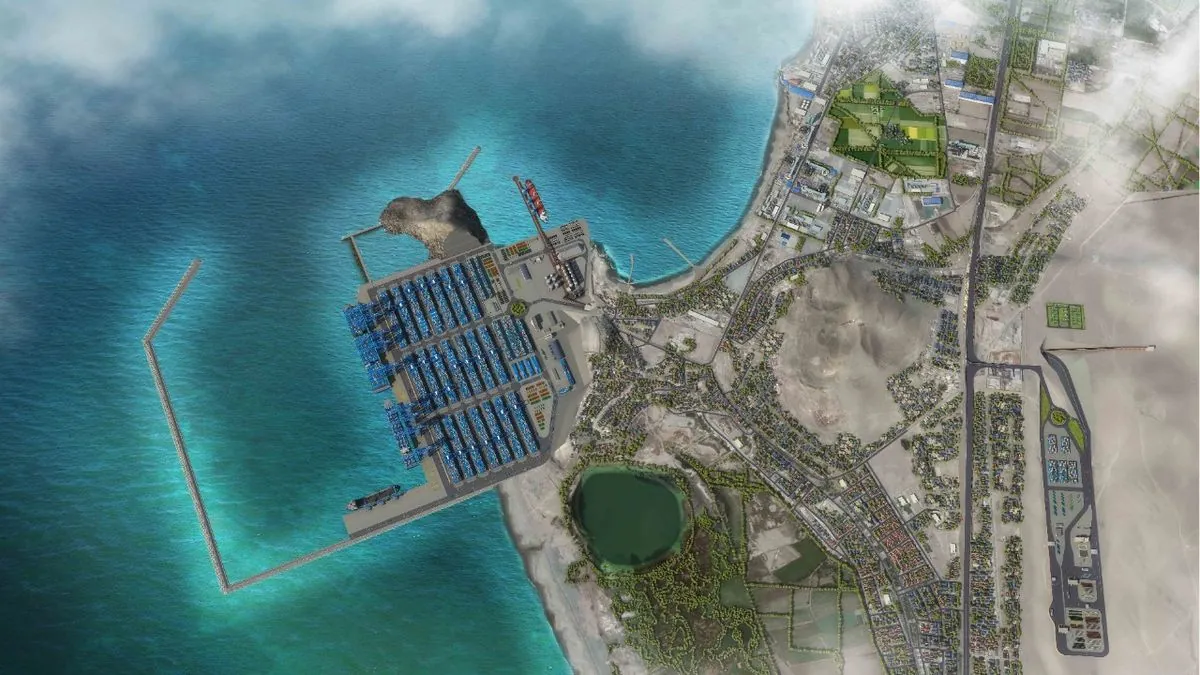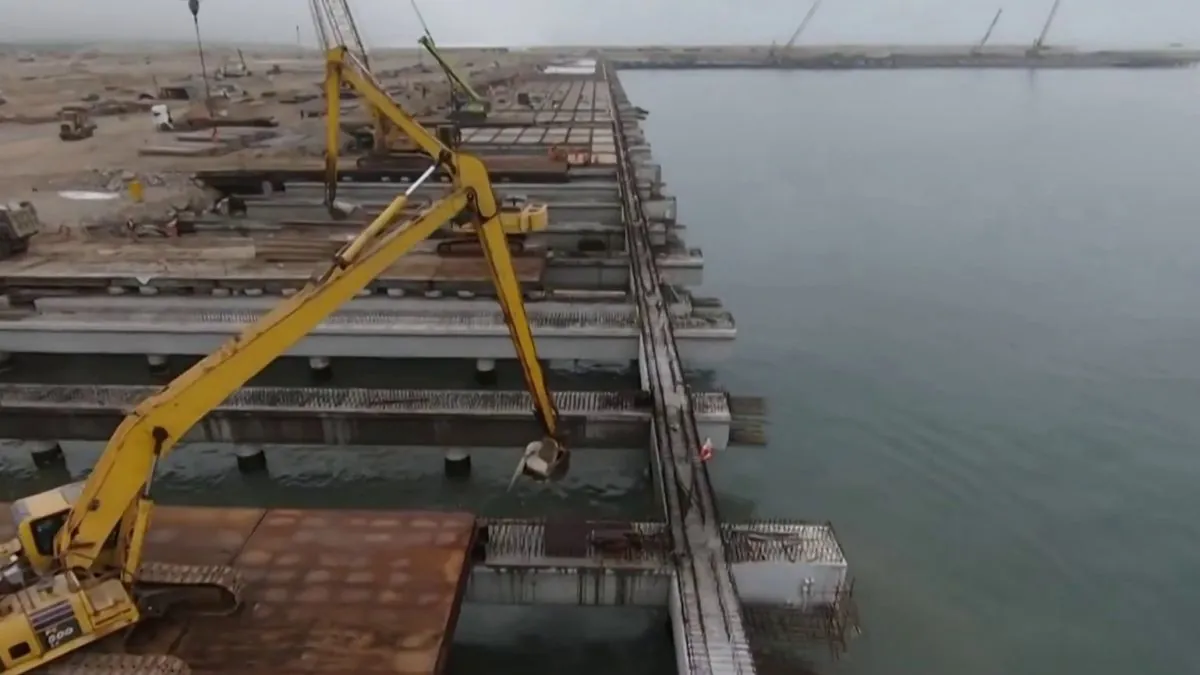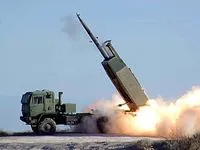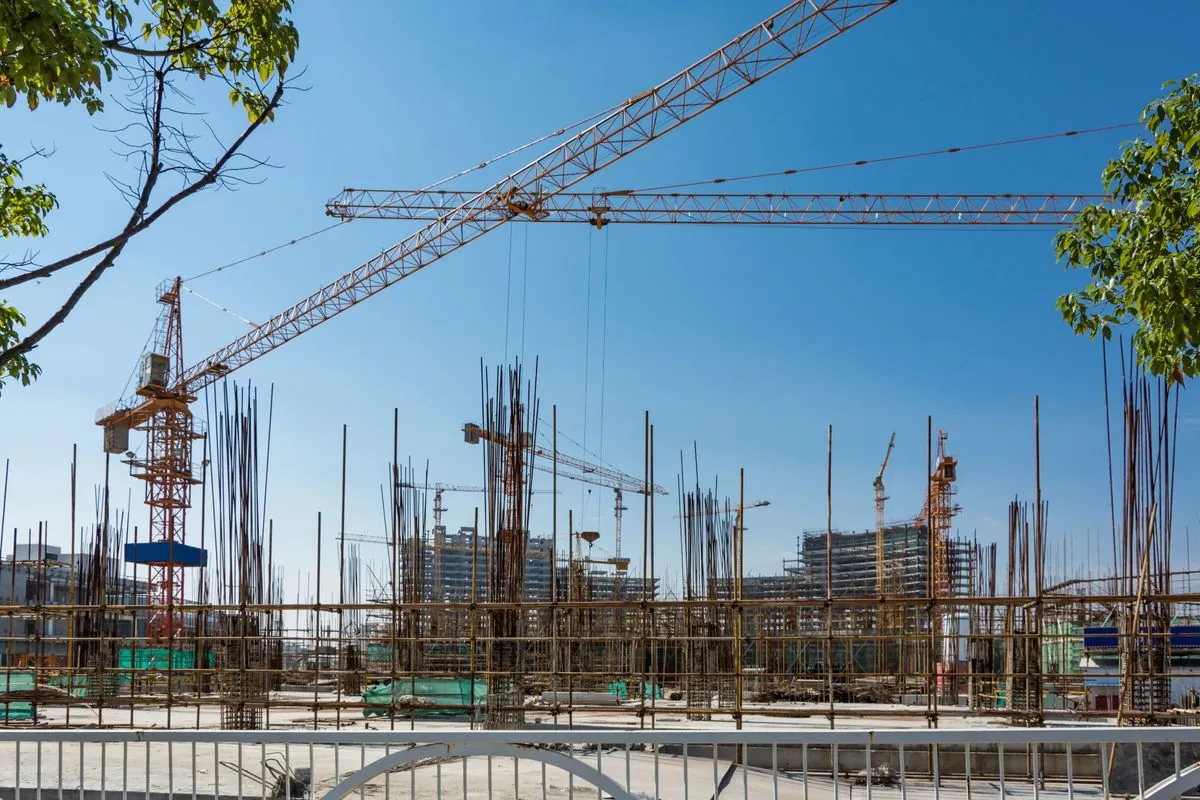China's Mega-Port in Peru: Economic Boon or Strategic Threat?
A £2.6 billion Chinese-built port in Chancay, Peru, promises economic benefits but raises concerns about potential military use. Local residents face disruptions as geopolitical implications loom large.

In Chancay, Peru, a coastal town an hour north of Lima, the construction of a £2.6 billion deepwater port by Chinese state-owned company Cosco is causing significant local disruption. Miriam Arce, a 54-year-old artist living near the construction site, describes the impact: "It's like an earthquake. It damages your psychological and physical health."
The port, set to be South America's largest, is part of China's Belt and Road Initiative (BRI), a global infrastructure program launched by Xi Jinping in 2013. While the project aims to boost trade between China and Latin America, it has raised concerns about potential military implications.

Experts warn that the port could serve dual purposes. Evan Ellis, a professor at the US Army War College Strategic Studies Institute, suggests it could potentially support Chinese naval operations against the US west coast in a conflict scenario. This aligns with the BRI's "first civilian, later military" approach, as noted by the Asia Pacific Policy Institute.
The project highlights China's growing influence in Latin America. In 2018, China surpassed the United States as the region's top trade partner, with total trade reaching $351 billion in 2022, compared to $297 billion with the US.
"If you're renting a car, you're not told, 'Please don't use it to attack a building'."
The port deal has faced legal challenges. Initially granted exclusive rights to operate as Peru's first private port, Cosco's agreement was later questioned by the government. However, when threatened with legal action, Peru amended legislation to accommodate the deal retroactively.
This situation mirrors other controversial BRI projects, such as Sri Lanka's Hambantota port, which was leased to China for 99 years in 2017 due to debt issues. These cases have fueled concerns about China's growing global influence and potential debt traps for developing nations.
The BRI, often compared to the post-World War II Marshall Plan, has expanded China's economic and political reach across Asia, Africa, and Latin America. With an estimated $1 trillion investment, the initiative has implemented projects in over 140 countries, ranging from railways to energy infrastructure.
While some experts caution against assuming malign intentions, others, like Jens Stoltenberg, NATO Secretary-General, have warned of China's role as a "decisive enabler" of Russia's actions.
Locally, the port's construction has severely impacted Chancay's fishing community. Luis Antonio Herrera, president of a local fisherman's co-operative, reports a dramatic decrease in catches due to environmental changes caused by the construction.
As Chancay's port nears completion, with Xi Jinping expected to inaugurate it in November 2024, the project exemplifies the complex interplay of local impacts, economic benefits, and geopolitical concerns surrounding China's growing global influence.


































